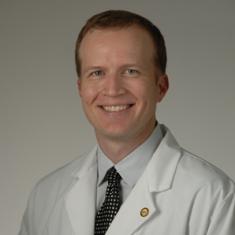Author Interviews, Pediatrics / 08.08.2015
Treatment of Patent Ductus Arteriosus Linked to Neurodevelopmental Risks in Infants
 MedicalResearch.com Interview with:
Prof. Abdel-Latif Mohamed
Discipline of Neonatology,
Medical School, College of Medicine, Biology & Environment
Australian National University
Acton, Canberra, ACT, Australia
Medical Research: What is the background for this study?
What are the main findings?
Prof. Mohamed: Despite decades of research and debate amongst neonatologists, consensus regarding optimal management of Patent Ductus Arteriosus (PDA) in the premature infant is yet to be established. The vast majority of premature infants are treated with oral or intravenous medication and surgical ligation is usually reserved to severely ill infants.
Our study demonstrated that treatment for Patent Ductus Arteriosus , particularly of a surgical nature, maybe associated with a greater risk of adverse neurodevelopmental outcome at 2-3 years of age. This was particularly so among infants born below 25 weeks gestation. This result may support permissive tolerance of PDAs. However, reasons for this association remain to be elucidated through carefully designed prospective trials.
(more…)
MedicalResearch.com Interview with:
Prof. Abdel-Latif Mohamed
Discipline of Neonatology,
Medical School, College of Medicine, Biology & Environment
Australian National University
Acton, Canberra, ACT, Australia
Medical Research: What is the background for this study?
What are the main findings?
Prof. Mohamed: Despite decades of research and debate amongst neonatologists, consensus regarding optimal management of Patent Ductus Arteriosus (PDA) in the premature infant is yet to be established. The vast majority of premature infants are treated with oral or intravenous medication and surgical ligation is usually reserved to severely ill infants.
Our study demonstrated that treatment for Patent Ductus Arteriosus , particularly of a surgical nature, maybe associated with a greater risk of adverse neurodevelopmental outcome at 2-3 years of age. This was particularly so among infants born below 25 weeks gestation. This result may support permissive tolerance of PDAs. However, reasons for this association remain to be elucidated through carefully designed prospective trials.
(more…)


















